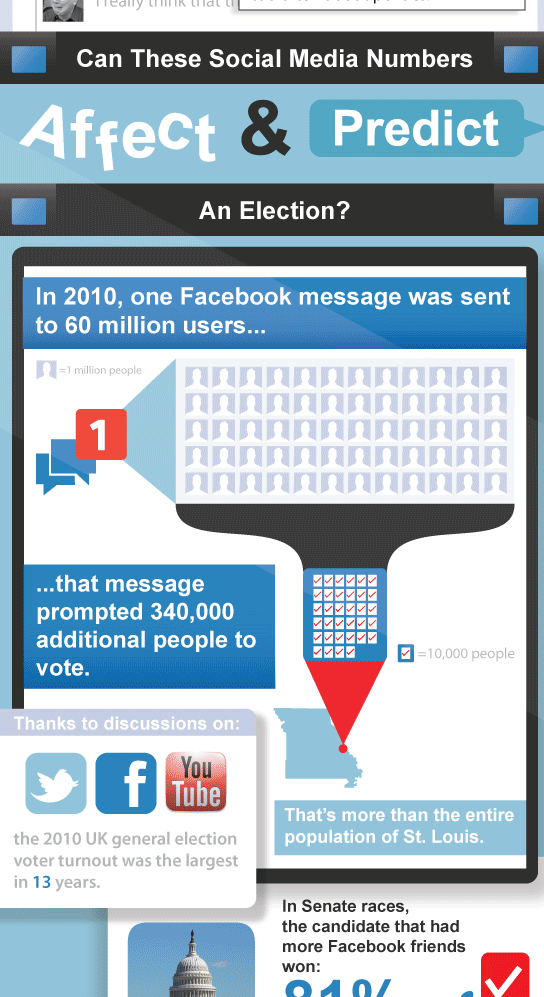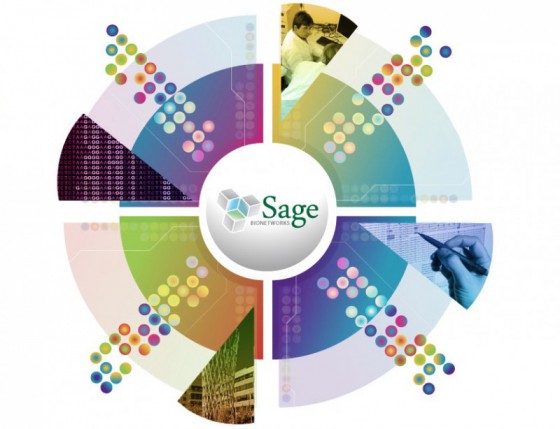The article, “Sex Makes You Smarter — Can ‘Virtual Sex’ Do The Same?” was a great example of either knowing your audience too well or over-using jargon. The most prevalent problem in it was the lack of defined terms. The author assumed that the reader knew terms like: neurogenesis, glucocorticoid levels, and dendritic architecture (a case of cognitive blindness). But the biggest failure was the author’s negligence to define the most basic term about which the article was written: sex. What is sex? Who is having it? How are they having it? These questions were unanswered. The research on which the article was based indicated that male rats were the subject of the study and were “exposed” to sexually-receptive female rats. That was it. That was the only definition of sex in the entire article, and it was a very vague definition, especially if one extrapolated it to the realm of human sex, which is known to be complicated and varied. Is the author talking about the sexual gratification of males only? If sex was a form of exercise, as the author explained it was, how much caloric effort should the male engage in to achieve it or what heart rate should…
Tag Archive for social value
Pipsqueak Articles, Reference, Users
Social Media Election
by Olga Werby •

The creative folks at Open-Site.org invited me to share the following informational graphic with the readers of this blog. Anyone with a Facebook or Twitter account has probably noticed an increase in the number of political postings over the past few years. This is due, in part, to the explosive rise in social media outlets and users. But voters are not the only people who use social media; among politicians, 9 out of 10 Senators and Representatives have Twitter accounts. However, many are starting to wonder if social media is becoming less a reporter of political races and more of a predictor of the results. In Senate races, the candidate with more Facebook friends than his or her opponent has won 81% of the time. And one email sent to 60 million Facebook users prompted an additional 340,000 people to vote in the 2010 election. This infographic illustrates just how politics and social media are affecting each other.
Background Knowledge, Background Knowledge Errors, Ethnographic & User Data, Language, Mental Model Traps, Pipsqueak Articles
The Language Comprehension Continuum
by Olga Werby •
Below is an example of communication error — Penn and Teller use strong emotional language and delivery to hide the true meaning of the message. In context — a pretty young woman anxiously and passionately asking individuals at a faire to protect the environment — signing the petition makes sense. People sign many petitions. And the more people sign (or the more signatures they see on the petition), the more likely others sign as well. A woman, seemingly in distress over an environmental problem, inspires an emotional reaction — people want to help. We have a built-in social value system that encourages this kind of behavior. And finally there’s a strong p-prim that all chemicals are bad — so just hearing a chemical compound in a petition gets a response from the crowd. The result? On the language comprehension continuum, these faire goers didn’t do so well…
Conceptual Design, Interaction Design, Pipsqueak Articles, Product Design Strategy, Scaffolding
BRIDGE to Health
by Olga Werby •

This week, I was invited to attend a BRIDGE Summit at Stanford. I was there to represent Ushahidi’s work and wasn’t particularly sure what to expect… But it turned out to be a very interesting brainstorming session for a new product/service in the health space: BRIDGE. Dr. Stephen Friend (M.D. and PH.D., president/co-founder/director of Sage Bionetworks) ran the show. What you will read below are just my notes, ideas, and understanding of what we were trying to do. I’m sure others at this summit came away with a whole different set thoughts, but, in the interest of advancing my own understanding and sharing of ideas in general, it seemed worth putting together a narrative of the product we were designing. So what is BRIDGE? After a two day discussion, we settled that BRIDGE is a platform (rather than an app) that will strive to: help gather medical information; crowdsource algorithms that would act on collected data with an aim to make medical advances; provide services to patients (information, education, support); facilitate research and make it easier for scientists to get access to data and to post requests for crowdsourcing projects; ease communication between all individuals and organizations working to advance…
Contributor, Ethnographic & User Data, Pipsqueak Articles
Video on the Importance of Social Media
by Olga Werby •
The following video and article has been brought to by the folks at open-site.org. Enjoy! When Gil-Scott Heron wrote that “The revolution will not be televised” he was right. Instead, it will be youtubed, it will be statused, and it will be retweeted. Social networking sites reach more than 82% of the global population: 1.2 billion people. And governments are afraid. Today, a handful of users on Facebook, Twitter, and Youtube can launch a movement that can topple a regime. Just look at Tunisia. Just look at Egypt. It can organize the frustration of middle class Americans from the impotent complaints of individuals into a spontaneous, passionate and primal force. A wave doesn’t demand concessions, but you have no choice but to acknowledge it when it crashes down on you. We are the 99 percent. And what are the results? New governments, an informed and politically active people, and validation. A little over a year ago, The United Nations declared internet access a basic human right. You are a change agent whether you know it or not. Whether you want to be or not. Everyday you blithely browse your virtual network you participate in an engine of social transformation. Welcome…
Ethnographic & User Data, Interface Design, Pipsqueak Articles, Uncategorized, Users
Group Color Preferences
by Olga Werby •

The Color of the Redhead Festival… …is NOT red! An annual festival of redheads has been taking place in Breda, Holland, was held on 3 September of this year. Almost 2000 red heads from 52 countries gathered together to share and revel in their DNA, BBC corresponded Tim Allman reported. In the sea of red, what stands out is a clear preference for color green. Somehow, the color green become the unofficial uniform of the red-headed. It’s not like they all thought: “I think everyone will be wearing green, so should I.” More likely, redheads believe they look better in green. But when every one in the group shows up in green, it strengthen the bond. Red Delegates, Blue Delegates Check out this crowd shot of the republican convention. Notice any color that stands out? How about at the democratic convention? And here’s a lighting scheme for the democratic convention: The convention organizers used color as a reenforcement of political unity for the delegates at both conventions. Using Color to Cement Group Affiliation There are certain professions that signal group membership with color: white used to be the preference for doctors and scientists working at a lab; green or blue…
Anchoring Errors, Background Knowledge, Conceptual Design, Cultural Bias, Cultural Differences, Mental Model Traps, Pipsqueak Articles, Product Design Strategy, Scaffolding
Designing an Optimum Nudge
by Olga Werby •

I’m sitting by a window looking out at a rainy Paris street, thinking of cultural differences between Paris and San Francisco, taking advantage of bad weather to do some writing. Over two decades ago, I did some ethnographic research a Exploratorium, looking at how different visitors interacted with the museum’s hands-on exhibits. I was looking for ways to improve the visitors’ experience, raise understanding of the phenomena they were observing. What I saw was different ways in which visitors experienced failure: p-prims that got in a way; folksy wisdom that caused confusion; lack of affordances that led to bottlenecks; permission giving that set up strange expectations; etc. The results of this study turned into a Master Thesis for UC Berkeley. Now, I would like to explore some of the ideas that surfaced during my Exploratorium research and apply them to design of nudging — carefully crafted affordances and perceptual cues that manipulated users into acting a certain way while maintaining the illusion of freedom of action. Let me start with a bit of history — a quick summary of some of the results of Exploratorium study. Permission Giving Two decades ago, “hands-on” exhibits were still novel in the museum world.…
